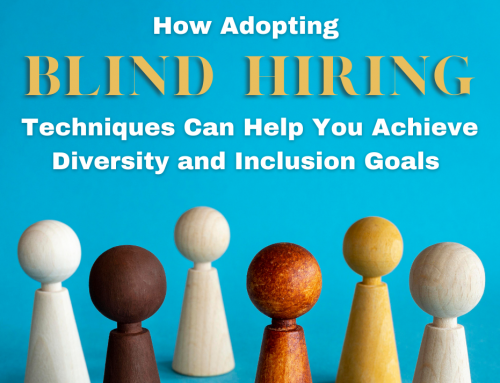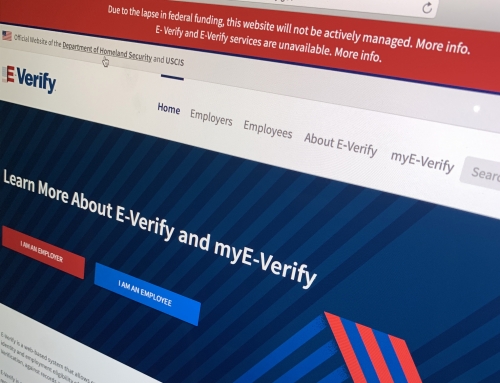Best Practices for Onboarding
Onboarding is a critical process for both the employer and the new hire. It sets the tone for the employee’s experience with the company, and it can greatly impact their productivity and retention. As a staffing agency, we understand the importance of a successful onboarding experience for our clients and their new employees. Here are some best practices for onboarding new employees that we recommend.
Communication Strategies Communication is key during the onboarding process. The new employee should receive clear and concise information about the company, their role, and their expectations. The following communication strategies can help:
1. Provide a Welcome Package:
Send a welcome package to the new employee that includes a welcome letter, company information, and any necessary forms or documents. This can help the new employee feel more prepared and welcomed.
2. Set Expectations:
Be clear about what the new employee’s role entails and what is expected of them. This can be done through a job description, employee handbook, or a meeting with the new employee’s manager.
3. Schedule Regular Check-Ins:
Set up regular check-ins with the new employee to ensure they are adjusting well and to answer any questions they may have. This can be done through one-on-one meetings or regular team meetings.
Training Programs Effective training is essential to ensure the new employee can perform their job duties effectively. Here are some training program best practices:
4. Provide a Comprehensive Training Plan:
Develop a comprehensive training plan that outlines what the new employee needs to learn and by when. This can include online training modules, in-person training sessions, or job shadowing opportunities.
5. Assign a Mentor:
Assign a mentor to the new employee to provide guidance and support throughout the onboarding process. This person can answer any questions the new employee may have and provide feedback on their progress.
6. Provide Ongoing Training:
Provide ongoing training opportunities to ensure the new employee continues to learn and grow in their role. This can include attending conferences, webinars, or training sessions.
Employee Engagement Engaging new employees from the start can help them feel valued and invested in the company. Here are some best practices for employee engagement during the onboarding process:
7. Introduce the New Employee to the Team:
Introduce the new employee to the team and schedule team-building activities to help them get to know their colleagues. This can help the new employee feel more comfortable and connected to the company.
8. Provide Opportunities for Feedback:
Provide opportunities for the new employee to give feedback on their onboarding experience. This can help the company improve their onboarding process for future hires.
9. Celebrate Milestones:
Celebrate milestones such as the completion of training or the end of the first week to help the new employee feel recognized and appreciated.
Final Thoughts
Onboarding new employees is an essential process for any company. It sets the tone for the employee’s experience and can greatly impact their productivity and retention. As a staffing agency, we understand the importance of a successful onboarding experience for our clients and their new employees. By implementing the best practices discussed in this blog post, we can help ensure a smooth and successful onboarding process for our clients and their new employees.
In summary, effective communication strategies, comprehensive training programs, and employee engagement are essential components of a successful onboarding experience. By providing clear and concise information, engaging the new employee from the start, and providing ongoing training and feedback, companies can set their new employees up for success. We hope this blog post has been helpful in providing guidance for onboarding new employees.






